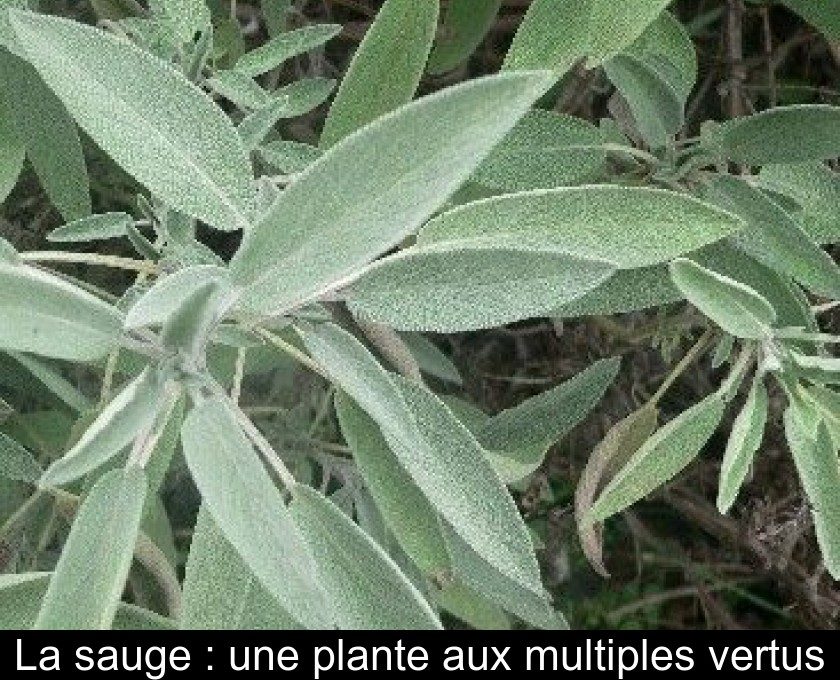Sage is used in varied ways by different countries. In Italy, sage makes an aromatic addition to rich tomato sauces and pasta dishes, while in France chefs use sage in sausage fillings and pair it with other aromatic herbs like parsley, summer savory, and sweet basil. In the United States and Canada, sage is best known as an ingredient in traditional Thanksgiving stuffings and turkey dishes. One of the best, and most common, pairings for sage is browned butter, which makes for the perfect addition to indulgent pasta dishes or simple chicken and vegetable recipes. (text and photo by Mathilde B).
Here is the recipe for brown butter:
1. Melt the butter: Heat a thick-bottomed skillet on medium heat. Add the butter whisking frequently. Continue to cook the butter.
2. Once melted the butter will foam up a bit, then subside. Watch carefully as lightly browned specks begin to form at the bottom of the pan. Smell the butter; it should have a nutty aroma. Add some fresh sage leaves to the butter once it has melted.
3. Remove from heat.
Actually, this is the next thing I want to try with the sage I cut last Monday in the Jardin Pontanique.
Health benefits :
Sage provides a fair amount of vitamin K, which is essential for bone health, circulation, and proper blood clotting. It is also a common ingredient in cosmetics that are applied topically as a natural skin care remedy and it’s possible that drinking sage tea provides some of the same benefits. Finally, sage is one of the most popular herbs in dentistry, as it targets pain, inflammation, and bad breath, as well as exerts antibacterial and wound-healing properties.

Laisser un commentaire
Vous devez être connecté pour publier un commentaire.